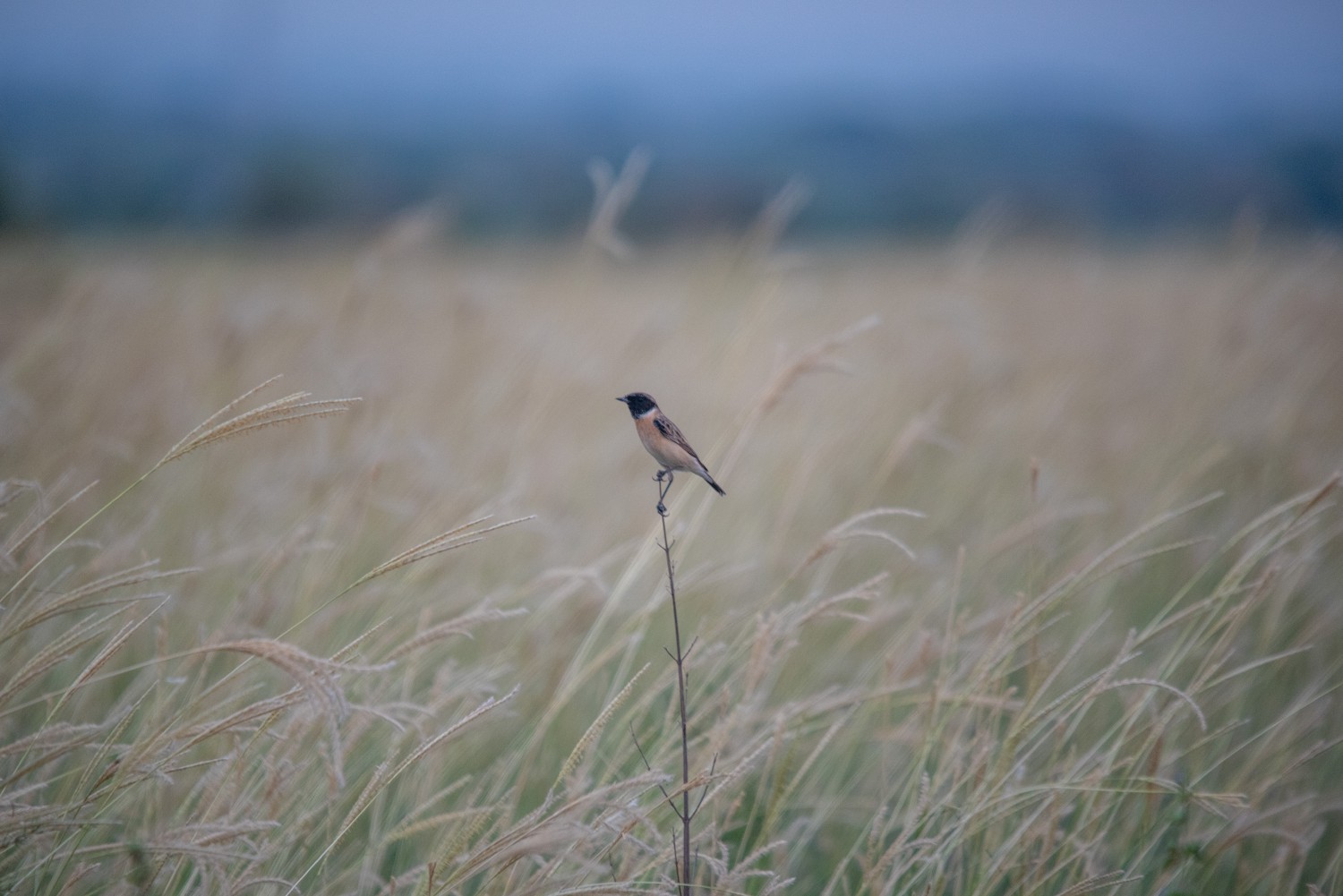Before you go any further...
I've read and accept the Terms of Use and the Privacy Policy.
I accept to receive newsletter and other communications associated with firms of The Explorers Network group'
I accept to receive commercial offers of The Explorers Network partners'.
Thanks!
Vote everyday for your favorite content
SENSITIVE CONTENT
This media contains sensitive content which some people may find disturbing or offensive.
You must be 15 years of age or older to view sensitive content.
Log inBirthday
Content being validated
THE EXPLORERS +
Watch our premium movies
The Explorers + is our premium movie catalog in Ultra High Definition (HD/4K/8K)! Hundreds of videos already available and daily new content on all your devices (web, mobile, tablets, smart TV).
Post content (photo or video) and get 1-month free
OR
Subscribe and support The Explorers Foundation's field actions for biodiversity.

Content being validated
Asian or Siberian Stonechat
3
0
Stonechats are Old World flycatchers and are found abundant in habitats all over the world.
An interesting fact on the family is that the stonechat name is given due to the stonechat call which sounds like two stones striking each other.
Its scientific name of this Siberian or Asian Stonechat - Saxicola Maurus means dark rock-dweller. Saxicola derives from Latin saxum rock + incola inhabitant; maurus is Latinized from Greek maúros (μαύρος) black in reference to the upperpart colour.
The stonechat bird is known to feed only on insects on the ground and sometimes by gleaning from vegetation. This is a feature not seen in many birds. Although stonechats are much similar to each other, there are some notable color differences in this bird species.
The wintering range of the migratory bird is from southern Japan south to Thailand and India, and west to northeast Africa. On migration, small numbers reach as far west as western Europe, and exceptionally as far east as Alaska in North America.
Related content

Médias en cours d’exploration

